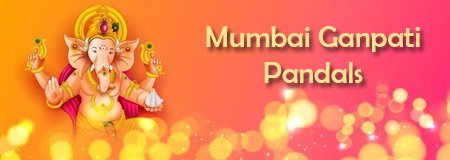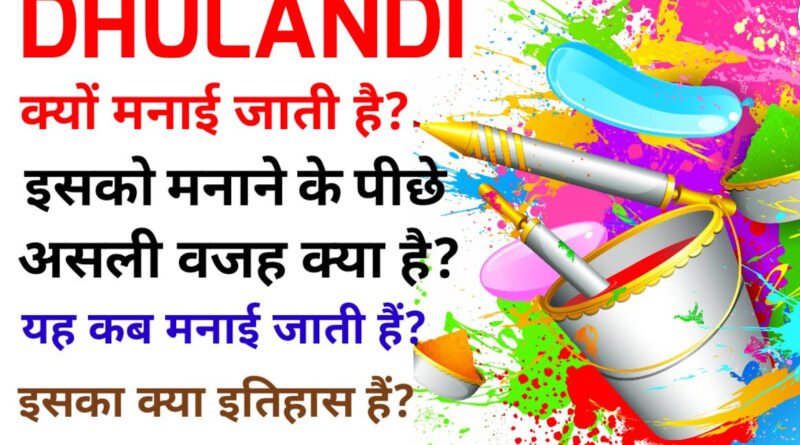Why and how is Dhulendi celebrated…
In ancient times, Holi was played only with flowers or with colors made from flowers. It is also called Dhulivandan, Dhurkhel, Dhulendi and Dhuraddi. On this day, colors are applied to each other and dancing and singing is done by playing drums etc. This fun continues till afternoon. Then it is celebrated by taking bath, wearing new clothes till evening, going to each other’s house, forgetting old grudges, feeding sweets and hugging each other.
It is also called Phalguni because it is celebrated in the month of Phalguna. Gulal is blown for the first time on the day of Basant Panchami. From this day onwards it arrives, flowers start blooming in the gardens, mustard seeds start appearing in the fields and trees, plants, animals and birds. Everyone blossoms with joy and happiness, children, old and young all dance on the drums.
Why do we celebrate Dhulendi?
1. It is said that at the beginning of Treitayuga, Vishnu had worshiped Dhuli. Dhulendi is celebrated in its memory. Dhool Vandan means people apply dust on each other.
2. It is also said that from this day Lord Krishna started the tradition of celebrating ‘Rang Utsav’ in Braj. Since then its name became Phagwah, because it falls in the month of Phagun. It was Shri Krishna who added color to the festival of Holi.
Dhulendi is known by the names Dhuraddy, Dhurkhel, Dhulivandan and Chait Badi etc. The next day of Holi, Holi is played by mixing colors in water on Dhulendi, whereas on Rangpanchami, there is a tradition of adding dry colors. In many places the opposite happens. In olden times, Tesu flower color was used on the day of Dhulendi and Gulal was used on Rangpanchami. Dry color is poured on the people of the house where someone has died.
How to celebrate Dhulendi…
1. On the day of Dhulendi, the next day of Holi, people apply color and dust on each other in the morning. In ancient times, it was called dust bath; clay mortar or multani mitti was applied on the body. In the evening people put colors like Abir and Gulal etc. on each other. In ancient times, on the day of Dhulendi, Tesu flowers were colored and applied on each other.
2. Holi songs are sung by playing drums and colors are applied to people by going door to door. The phase of painting each other and singing and playing continues till afternoon. After this, after taking bath and taking rest, people wear new clothes and go to meet each other in the evening.
3. It is believed that on the day of Holi, people forget old bitterness and embrace each other and become friends again. They embrace each other and feed sweets.
4. After Raag-Rang, people enjoy Thandai by making Bhajiya or Gujhiya. Gujhiya is the main dish of Holi which is made from mawa (khoya) and flour and is filled with dry fruits. There is also a tradition of eating and feeding Kanji in large quantities on this day.
Best wishes to all of you for Holi and Dhulendi.










